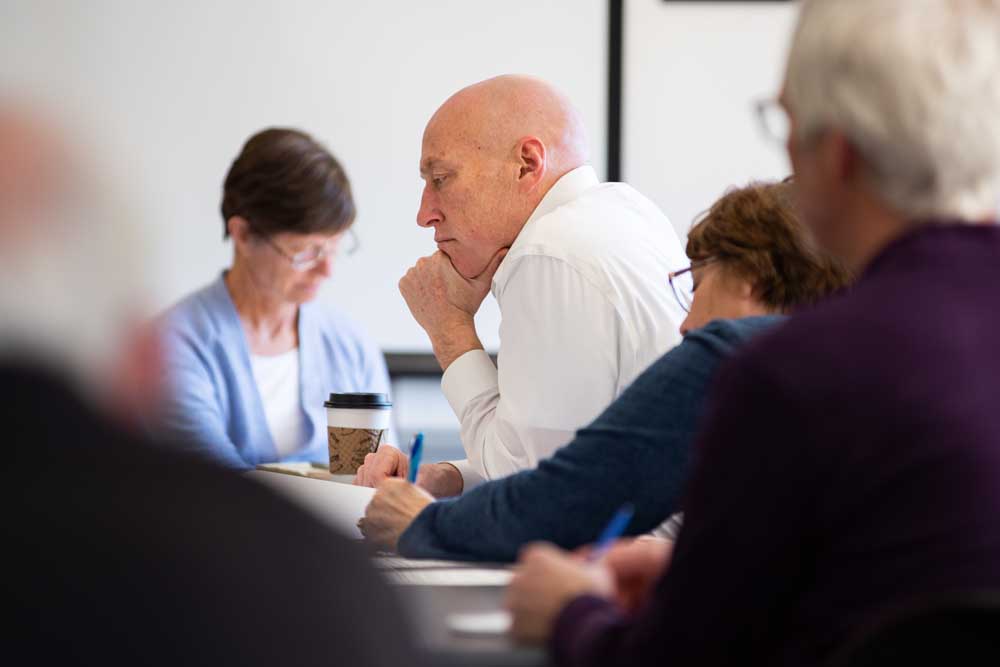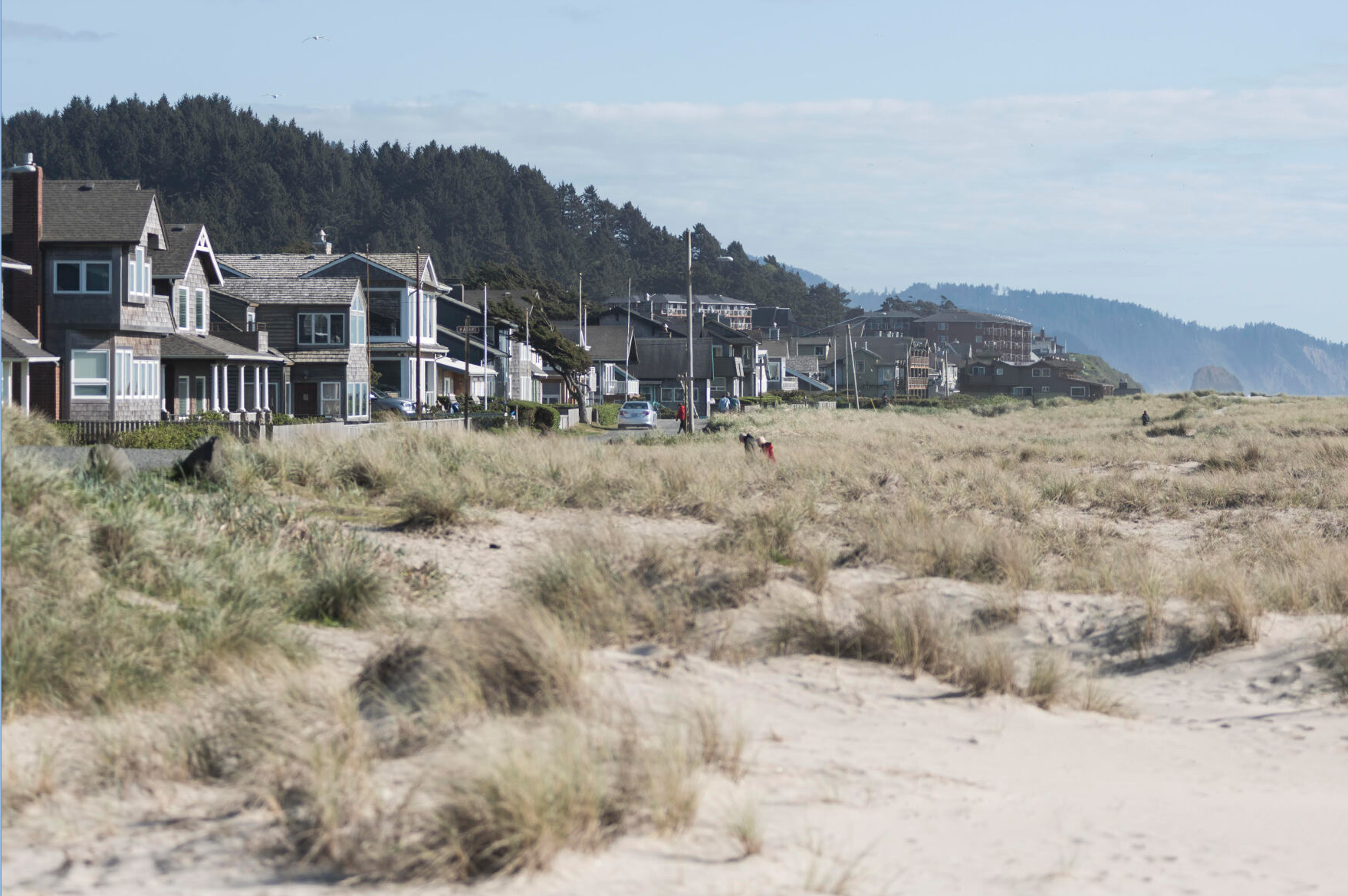From the editor’s desk
Published 8:00 am Saturday, July 6, 2024

- A sea otter is shown near Cannon Beach.
Thank you for your interest in reading The Astorian. Here are a few stories that you might have missed this week:
Trending
•••
When Tabea Goossen’s friend said she might have seen a sea otter at Ecola Point near Cannon Beach in early June, Goossen laughed and said, “Oh, no. It was a seal.”
She knows — everyone who cares about these kinds of things knows — there are no sea otters in Oregon.
Trending
Hunted to near extinction for their fur, the state’s last resident sea otter was killed more than 100 years ago. While sea otter populations have been established in Washington state and parts of California, reintroduction efforts in the 1970s failed in Oregon.
Usually, the only sea otters that do show up in the state are dead, washing in from somewhere else.
Then Goossen, a citizen science volunteer, went out last week to conduct her regular surveys of a shorebird called the black oystercatcher. As she wrapped up her work and prepared to leave the beach, she scanned the waters one last time with her binoculars.
“And lo and behold, I saw what looked like a sea otter,” she said. The animal was swimming on its back. She saw its distinctive flipper feet.
“I’m looking at that and I’m thinking, ‘Well, that’s a sea otter,’” Goossen said. “And I thought maybe I was seeing things.”
She wasn’t.
Later, Goossen went out with Chanel Hason, of the Elakha Alliance, a nonprofit working to reintroduce sea otters off the Oregon Coast. Hason confirmed the presence of two sea otters. The U.S Fish and Wildlife Service has since identified one of the sea otters as male.
See the story by Katie Frankowicz, of our news partner KMUN, by clicking here.
•••
Just beyond the parking lot at Clatsop Community College’s Marine and Environmental Research and Training Station, a grassy path opens out onto 80 acres of land beside the Columbia River. Not long ago, that land sat unused and relatively barren — but now, community partners are excited for the future it holds.
In October, the Columbia River Estuary Study Taskforce wrapped up construction for a habitat restoration project spanning 20 acres across the site.
“It wasn’t a plot of land that we felt was being utilized to its fullest potential to really help the estuary, help the natural environment,” said Kristen Wilkin, the dean of the college’s workforce education and training and MERTS campus. “And now we look at this land as something that benefits the college, our community and students as a whole, when they start using it.”
About a decade ago, the college began working with CREST and the Columbia Land Trust to secure the property. In 2021, the land trust purchased the land from the Oregon Department of State Lands and immediately transferred it to the college, opening the door for the South Tongue Point Restoration Project.
The project — a $900,000 undertaking led by CREST and funded by the Bonneville Power Administration and other partners — has created new pockets of critical habitat for threatened and endangered juvenile fish like coho, Chinook and chum, reconnecting more than a dozen acres with the tides along the Columbia River.
“Seventy-plus percent of their historic habitat is gone, and so every little bit that we can reconnect to matters,” said Jason Smith, CREST’s habitat restoration program manager.
Read the story by Olivia Palmer by clicking here.
•••
A pair of college students are documenting the Latino experience on the North Coast for Raíces Clatsop, a collection of poems, artwork, stories and interviews they hope to publish this summer.
Alejandra Lopez Nestor and Rosendo Talancon-Botello chose the title to symbolize the cultural roots still present in people’s lives when they reside in a new country.
Lopez Nestor’s parents moved to the United States from Mexico and Guatemala. She said she saw how language and other barriers influenced their opportunities.
“When you grow up seeing all their struggles, when they don’t have the ability to advocate for themselves in certain ways, like there’s a language barrier. There’s so many other barriers. You see that and there are so many people here on the coast who have those same experiences,” Lopez Nestor said. “But without someone to write that down, it kind of gets lost.”
Take a look at the report by Audrey Saiz by clicking here.
•••
We invite you to help sustain local journalism on the North Coast. Please consider subscribing. We have several options available at: www.dailyastorian.com/subscribe-now/
— Derrick DePledge









